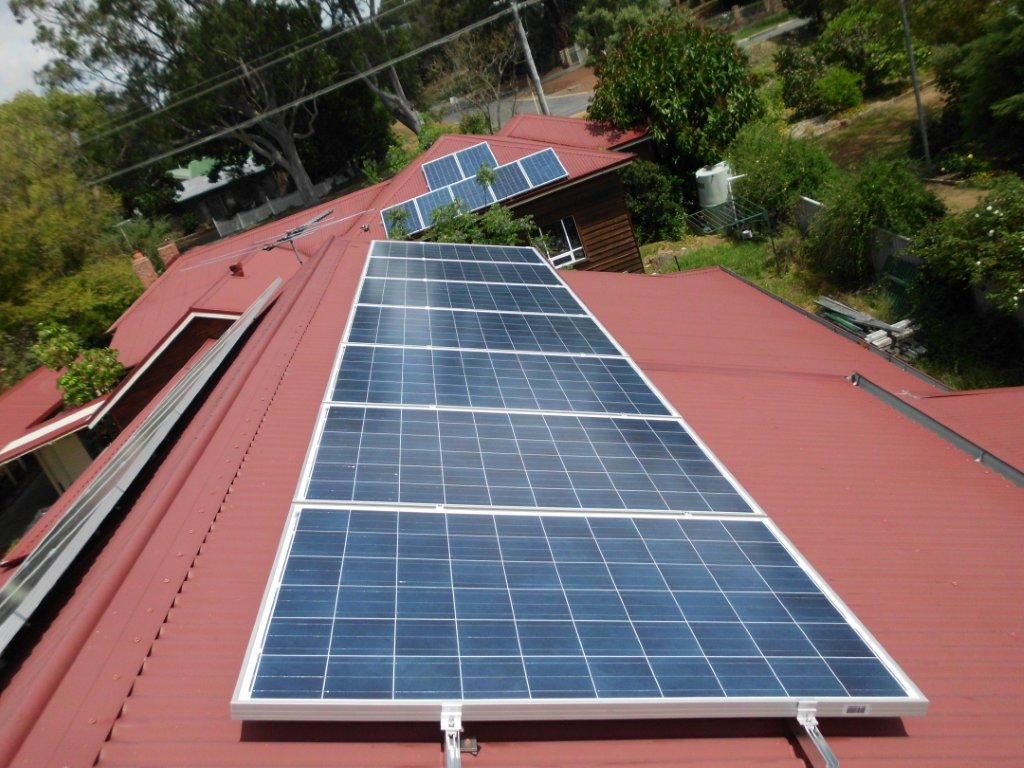Savvy South Australian property investors who own vacant holiday homes are cashing in on the current Feed in Tariff (FiT) rates enabling them to sell unused electricity back to the energy grid.
Given a lot of holiday accommodation in the state is vacant for large periods of the year; these properties are constantly generating an excess supply of electricity. This unused power is then exported back to the grid. The tariff rate in South Australia at the moment (currently the most generous in the country) is 16c from the government and a further 9.8c from the retailer Lumo Energy.
The situation has created the perfect opportunity for holiday home owners to put their solar power systems to work to help cover local council rates and other expenses associated with property maintenance.
There are some who will say employing this strategy is going against the spirit of the rebate scheme which is aimed at reducing our reliance on conventional electricity, but the simple fact is, it is a very clever way of helping cover some of your costs when your investment is unoccupied. (Those naysayers are energy retailers by the way) When you have tenants in your home, they’re drawing on the free solar energy anyhow, meaning less pressure on the electricity grid. It’s a win – win situation.
The average 3kW solar system is capable of producing 13kWh per day (the average home uses between 12 – 16kWh). Due to the fact that the total amount you’ll receive for exported power is the same as the amount you pay for power, it’s quite easy to work out the benefit.
13kWh x 365 days x 25c/kWh = $1186.25
Let’s say you paid $4,500 for the system – This would be a 3.79 year payback period and a return on your initial investement in excess of 30% per annum.
Not a bad deal at all!










